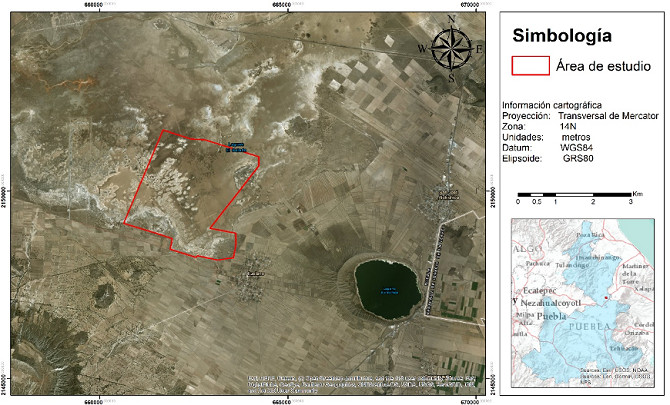Estimation and analysis of the carbon content in halophilic grasslands from the semi-arid central part of Mexico
DOI:
https://doi.org/10.28940/terra.v40i0.1007Keywords:
clustering, empirical-bayesian Kriging, sampling, total biomassAbstract
Estimates of carbon storage and release depend mainly on vegetation type, land-use change, vegetation age and ecosystem type (closed or open). The carbon sequestered and stored has a positive environmental value, while its release to the atmosphere due to land-use change causes environmental damage by contributing to global atmospheric warming. Natural grasslands in Mexico occupy around 10% of the National territory, from which halophytes have been scarcely studied in terms of their contribution to the carbon cycle. Therefore, the objective of our study was to estimate the aboveground and belowground biomass and carbon content of vegetation type. We defined an effective sampling area of 70 ha in halophilic grasslands of the state of Puebla, and the quadrant method was proposed under a sampling design with nested fixed plots. To determine the carbon content, samples were collected in the field and transported to the laboratory to be dried at a constant temperature. The total carbon content calculated for halophilic grassland was 1.33 Mg ha-1, ranging from 0.55 to 2.6 Mg ha-1. The aboveground part was estimated at 0.49 Mg ha-1 in terms of biomass, while the belowground part was 2.34 Mg ha-1. The belowground biomass measured in the field showed a high correlation with total carbon (r = 0.87), hence, it could be considered as a viable option for carbon estimation using the proposed regression model.
Downloads
Publication Facts
Reviewer profiles N/A
Author statements
- Academic society
- Terra Latinoamericana
- Publisher
- Mexican Society of Soil Science, C.A.

















